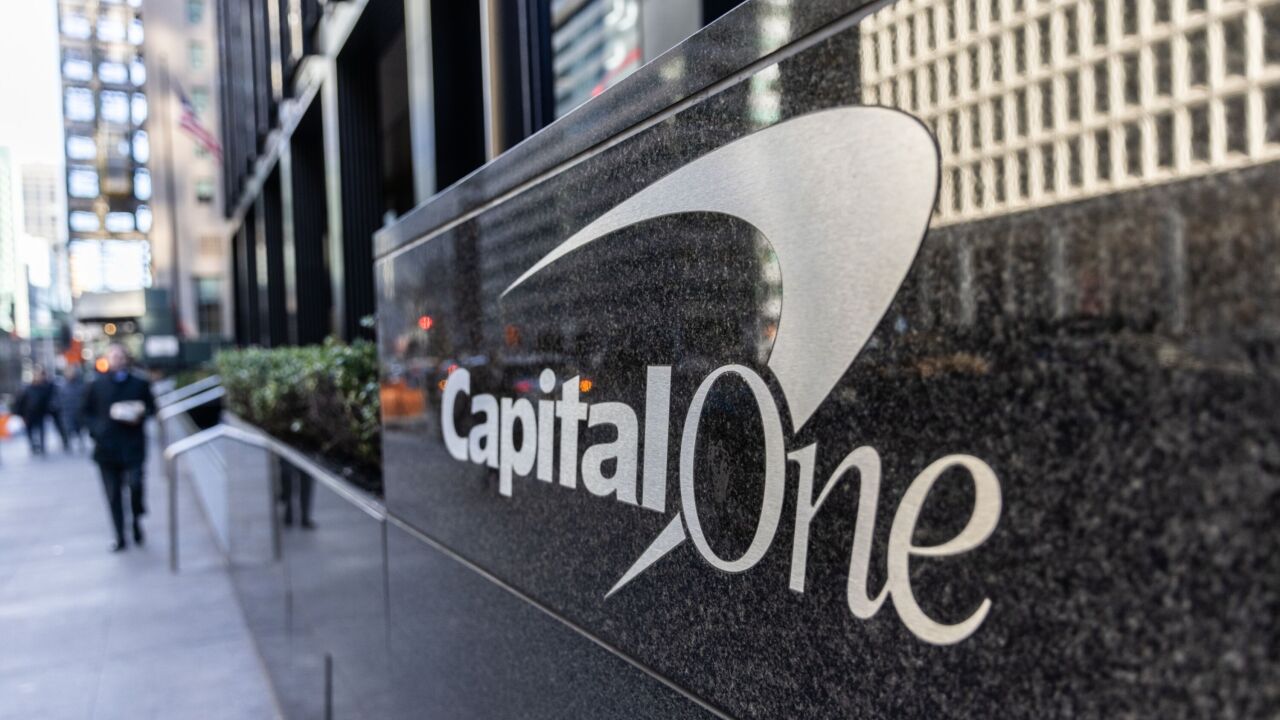
Key initiatives by India’s government and its central bank have significantly accelerated mobile payments development. One catalyst was 2016's demonetization, which recalled small-value cash bills and put a spotlight on nascent mobile payments services. The temporary cash drought triggered higher mobile payments usage and venture capital flowing into what could become one of the world’s top mobile payments within a few years.
What follows is a snapshot of that potential.

The transactions from emerging mobile phone-based payment services tend to be small. The average transaction for a mobile phone top-up is about $1, retail purchases rarely exceed $3 and the average domestic remittance is for about $50, according to
But as more mobile payment services get traction in India and gain momentum, transaction values and overall volume are expected to increase significantly, according to a forecast by the Associated Chamber of Commerce & Industry of India.

It’s not surprising that China ranks first in the world in fintech adoption. The rapid growth of digital services that blend communications and finance, such as Ant Financial’s Alipay and Tencent’s WeChat Pay, have made rapid inroads for person-to-person, online and in-store payments. India’s adoption rate reflects strong growth from a vast, mostly unbanked base.

Hike is a new mobile wallet concept launched in 2017, built on a popular messaging app that uses Unified Payments Interface (UPI), a payment scheme supporting bank-to-bank account transfers.
Facebook and Google also have moved into India with UPI-based mobile payment systems.

The demonetization in late 2016 was a boon for Paytm, and it maintained steady growth in the following year with strong marketing and interoperability with UPI.

India’s NPCI operates its own mobile UPI app called Bharat Interface for Money (BHIM), which launched in December 2016, enabling users to send or receive money directly from other UPI-based accounts and to non-UPI accounts by scanning a QR code. Users may create a QR code for a specific amount to make purchases from individuals or merchants with a UPI account.
UPI transaction volume is growing more than 10% each month in India, and it’s the backbone of several of the newest available mobile wallets. Facebook’s





